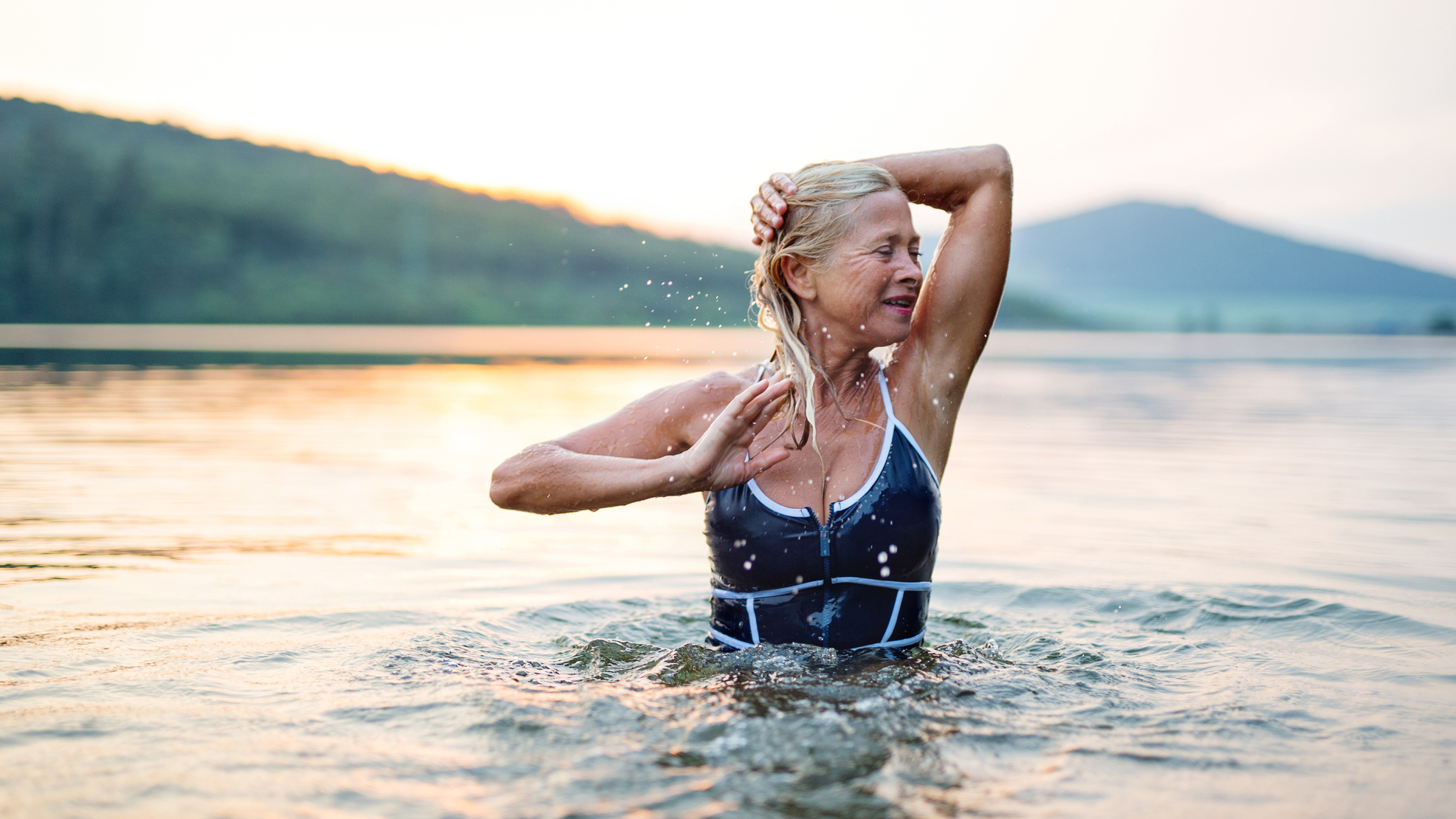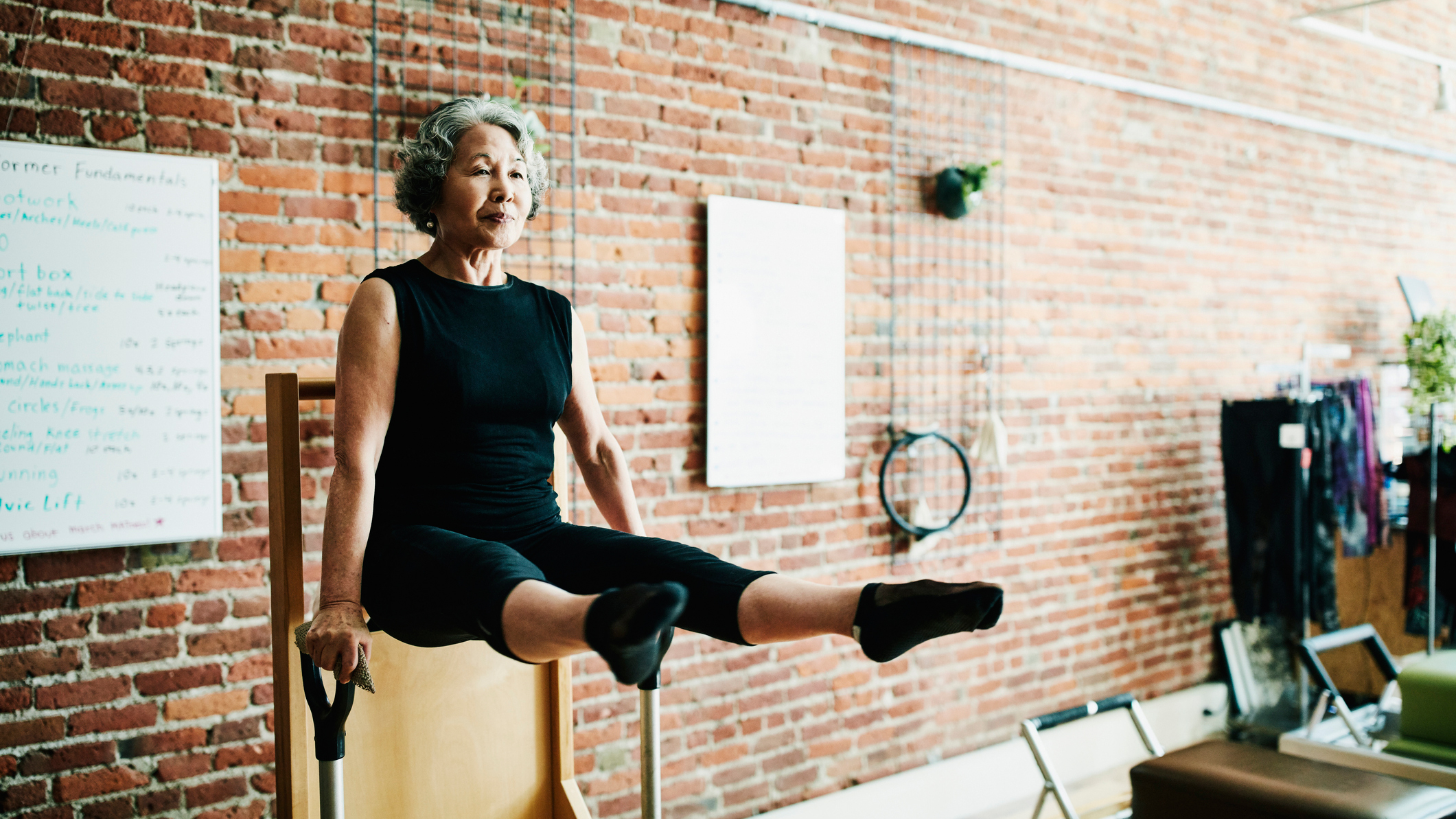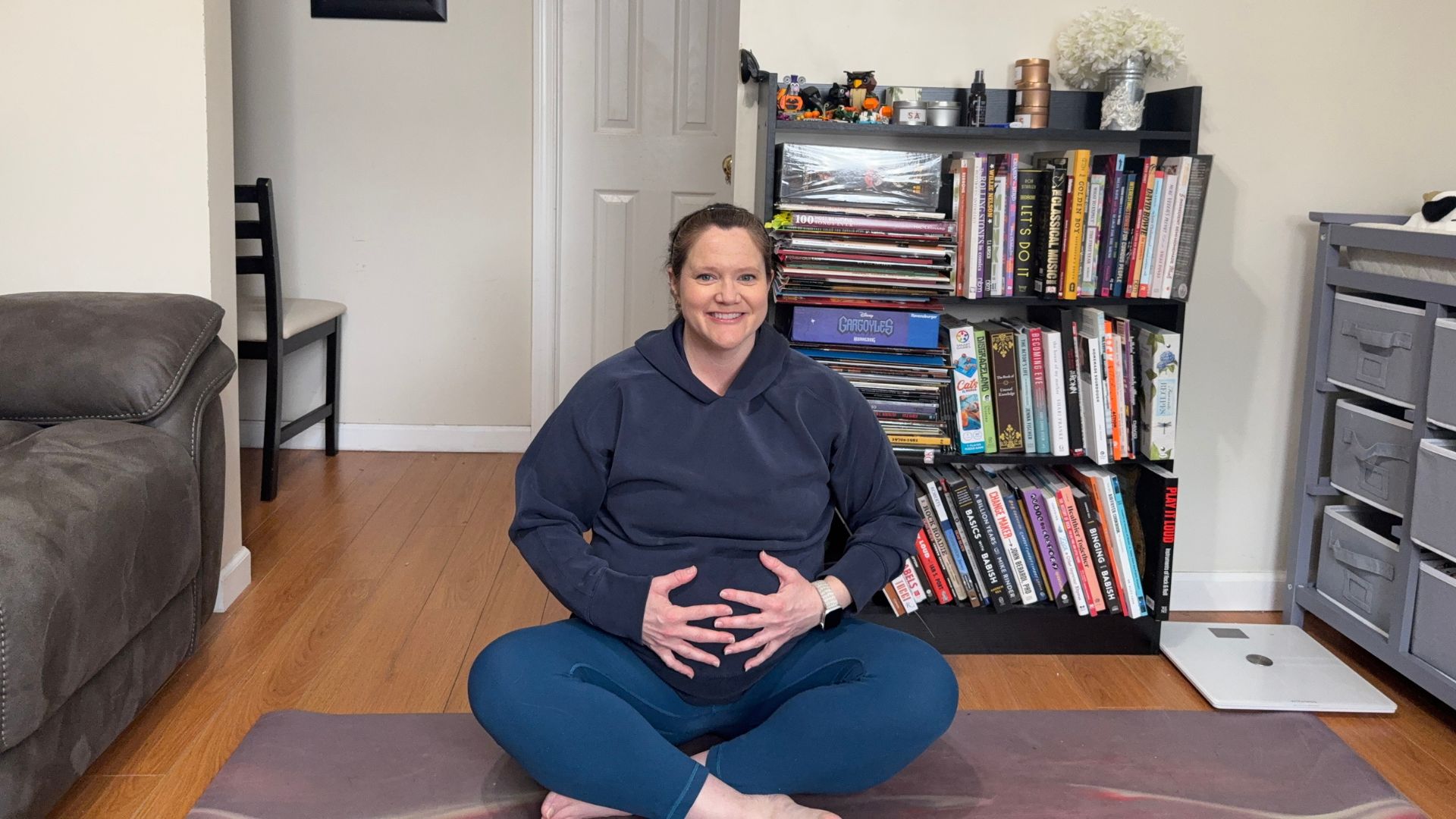10 ways to stay active and healthy in your 60s, 70s and beyond
Staying active, healthy and strong in your senior years is the key to a long and happy life.


We all know that staying active is good for our physical and mental health, whatever our age. But once you’ve cracked how to stay active and healthy, taking the best vitamins for women over 50 and the best supplements for joints, then you are more likely to have a lower risk of heart disease – the primary cause of death for Americans, according to studies – as well as be less likely to have a stroke, type 2 diabetes, some cancers, depression and dementia.
It’s simple, really. If you want to stay as pain-free as possible as you age, reduce your risk of mental health problems, increase life expectancy and enjoy a fun and independent life, then it’s good to keep moving. In fact, evidence shows that age alone may not a cause of major problems until you are in your mid-90s, according to UK Active. The effect of inactivity actually catches up with you much faster, and strength, power and muscle mass can be increased when you’re a senior.
So, if you want to stay active and healthy in your 60s, 70s and beyond, here are ten ways to go about it.
Tip #1: Resistance bands
Resistance bands are great for building muscle to counteract atrophy (muscle wastage), and as it’s a low impact exercise, it’s also good for strengthening joints safely, increasing range of motion while preventing injury, says personal trainer Jen Skym.
“Plus, bands are versatile, portable, and don’t take up loads of space like weights. You can use them like weights, but they are gentler on your joints, which means less risk of injury as you build strength.” Read about why the best resistance bands can be just as good as weights here – and where you can get them.
Tip #2: Walking
Walking is free, it’s a natural stress-buster and it can even reduce the risk of dying prematurely. Walking therapist Carmen Rendell confirms it’s one of the best ways to lower cortisol (stress hormone) levels, and boost happy hormones.
She says: “It’s really important as we age to move the whole body. That’s why walking is so great. It connects with our systems, and our internal systems in particular, enabling greater blood flow around the body and brain.
Get the Fit&Well Newsletter
Start your week with achievable workout ideas, health tips and wellbeing advice in your inbox.
“It’s been shown to help stop the ‘monkey brain’ [the bit that controls emotions] from going into overdrive." Check out our best shoes for walking to get started.
Tip #3: Low Intensity Yoga
“Low intensity yoga is excellent for older people who want to stay active and healthy, as movements tend to be slower, creating less stress and strain on joints, ligaments and tendons,” says Cat Taylor, yoga and fitness instructor.
“It can also work to effectively target and strengthen the body, impacting positively on posture, balance, stability, core strength and confidence,” she says.
“As we get older, our bones, muscles and joints naturally weaken. When ignored, this can lead to less range of motion and postural instability – and increased risk of falls. Yoga is an excellent antidote to this.”

Tip #4: Swimming
Exercising in the water is a form of resistance training that is well suited to seniors because it’s low impact and has very little risk of injury, explains swim expert Anna Payne.
Anna explains: “Swimming works all the muscle groups without placing stress on the body so it’s a great cardiovascular workout, while increasing lung capacity and breath control.
“As we age, swimming will not ‘wear out’ your body over time in the way other sports might,” says Anna.
It’s so effective that a study by Indiana University Bloomington’s Counsilman Center for the Science of Swimming found that experienced frequent swimmers could even postpone the ageing process “for decades”.
Tip #5: Chess
Seniors who want to stay young should do activities to keep their neural pathways balanced. Since these senses dull over time, a mental workout as just as important as regular exercise.
Games like bridge or chess can help older adults retain memories and improve their cognitive health, according to research.
The brain loves a challenge, so learning a new language, playing an instrument, or mental exercises like Sudoku and crossword puzzles are great activities to incorporate into a routine. Jigsaw games specifically help stimulate cognitive activity - as you work different parts of your brain, the easier it becomes to grow neural connections, keeping the mind and memory sharp.
Tip #6: Qigong
Qigong, an ancient Chinese exercise that uses slow, meditative movements, has been shown to regulate blood pressure and strengthen the heart by setting the body and mind at ease.
Seniors are at risk of developing sarcopenia – age-related muscle loss – but because qigong uses the body as weight, it can counteract this condition.
Qigong also includes lateral movements, which help with core strength. Practiced regularly, it is thought that the stress hormone cortisol is reduced – if there is less cortisol in the bloodstream, this reduces inflammation in the body, serving as an immunity and mood booster.
Tip #7: Balance exercises
Falls are the number one cause of fatal injury among older Americans, so gaining more muscle mass and strength with balance exercises is one way to avoid this.
To get started, practice standing on one foot. Once you’re a pro at that, you can make the move harder by raising your arms overhead, closing your eyes or standing on an unstable surface like a BOSU ball. Get started here:
Tip #8: Chair workouts
Chair-based workouts like this 10 minute one with The Body Coach Joe Wicks are a great way to stay active, limber and healthy in your 60s, 70s and beyond. Doing exercise while seated reduces the risk of falls, while improving posture and balance. And as we know, muscles and bone density weaken as we get older, so gentle exercise like this is good for maintaining strength.
Tip #9: Gardening
Planting and pulling up weeds is a great workout for seniors, burning between 200 and 400 calories an hour!
Gardening is also an excellent form of functional exercise, incorporating stretching, pushing, pulling and lifting to work multiple muscles.
Beyond being a fat blaster, it can also help improve dexterity and strength, muscle mass and aerobic endurance. Digging in the dirt can even enhance bone density, according to a study by the University of Arkansas.
Tip #10: Tennis
Want lower body fat, greater bone density, higher aerobic capacity and improved strength? Tennis is the answer, according to a study into veteran tennis players.
Low body fat can reduce the risk of high blood pressure, diabetes and heart attacks, while this kind of vigorous exercise also promotes healthy lungs and hearts.
Looking for more ways to keep moving? Check out these easy ways to stay active for free.
Maddy Biddulph is a freelance journalist specializing in fitness, health and wellbeing content. With 26 years in consumer media, she has worked as a writer and editor for some of the bestselling newspapers, magazines and websites in the US and UK.
She is also a qualified L3 personal trainer and weight loss advisor, and helps women over 40 navigate menopause by improving their physical and mental strength. At Maddy Biddulph Personal Training, she runs one-to-one and small group training for menopausal women who want to get fit to ease symptoms and feel like themselves again.
-
 This dumbbell challenge is a great way to improve core strength, stability and balance
This dumbbell challenge is a great way to improve core strength, stability and balanceWeights at the ready
By Maddy Biddulph
-
 A yoga instructor says this style of breathing will reduce anxiety and strengthen your core. Here’s what happened when I tried it
A yoga instructor says this style of breathing will reduce anxiety and strengthen your core. Here’s what happened when I tried itBalloon breathing can boost your mood and help you engage your core
By Jennifer Rizzuto